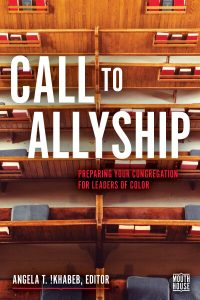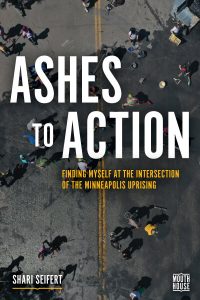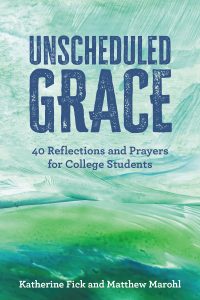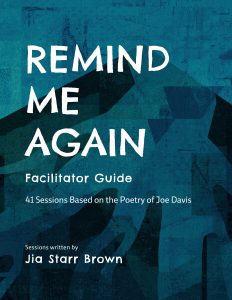Each month ELCA Worship highlights resources and events from other organizations and institutions. These Lutheran and ecumenical partner organizations work alongside the ELCA to support worship leaders, worship planners, musicians, and all who care about the worship of the church.
ALCM nurtures and equips musicians to serve and lead the church’s song.
Ponder Anew: Serving and Leading the Church’s Song
July 22 – 25
Valparaiso University, Valparaiso, Ind.
Join us on the campus of Valparaiso University and the beautiful Chapel of the Resurrection as we Ponder Anew how to communicate God’s saving grace to all peoples in meaningful, relevant ways. Through workshops, discussions, worship, and hands-on learning opportunities, we invite you to strengthen your gifts and develop new skills in topics such as worship leadership, technology, composition, enriching assembly song and more, all the while forming connections from Generation to Generation with young musicians attending the Lutheran Summer Music Academy (LSM).
The emphasis of this conference is on practical skill-building. Registrants will be able to attend in-depth learning sessions on a variety of topics. These sessions are 90 minutes long and typically consist of multiple sessions, with each session building on the previous. In addition to the in-depth learning sessions, a variety of workshops will round out this practical learning experience. Many fine presenters will be on hand to lead us in a variety of learning opportunities.
On Wednesday, July 24 at 7:30 PM, all are invited to attend a 300th anniversary performance of J. S. Bach’s St. John Passion performed by the Bach Collegium Valparaiso and directed by Christopher M. Cock, artistic director and conductor, on Wednesday, July 24, 7:30 PM in the Chapel of the Resurrection. You do not need to register for the conference to attend.
Early registration closes March 19. Additional information about the conference, including pricing, scholarships, and accommodations, is available on the ALCM website.

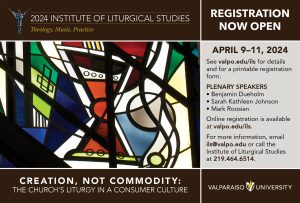
An ecumenical conference on liturgical renewal for the church today.
Creation, Not Commodity: The Church’s Liturgy in a Consumer Culture
April 9-11, 2024
Valparaiso University, Valparaiso, Ind.
Consumer or market culture’s role in our lives is so ubiquitous that we frequently fail to recognize its presence and influence over us. Even committed church folk will talk about “church shopping” when they move to a new location.
Visit valpo.edu/ils for more information and registration. Registration is now open.
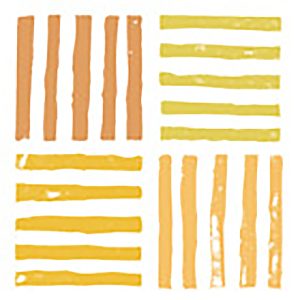
Music that Makes Community (MMC) practices communal song-sharing that inspires deep spiritual connection, brave shared leadership, and sparks the possibility of transformation in our world.
On Mon, Mar 18, MMC and partner, the Coalition to Dismantle the Doctrine of Discovery, will be hosting a Soup Singing from 5:30-7:30 PM, Central / 3:30-5:30 PM Pacific / 6:30-8:30 PM Eastern. A Soup Singing, as developed by Coalition organizer Doe Hoyer, is an online gathering where participants make and share a meal together while sharing songs, information, and conversation. This evening we will be introducing our partnership and inviting churches and song leaders into catching and sharing songs to support the transformative work of organizing in solidarity alongside our Indigenous relatives. If you can’t make it, look for a recording and more information on MMC’s website afterwards.
Save the Date!
July 13: MMC will offer a 1-day workshop preceding The Hymn Society conference in Atlanta.
Oct. 11-12: MMC will host a Friday night Community Sing and half-day Saturday morning workshop with the ELCA Lay School in central Wisconsin.
April 8 – May 20: Monday Morning Grounding continues to be a point of connection and reflection for clergy and musicians.
Stay tuned to the MMC calendar for registration details on upcoming events.
As we conclude Lent, here’s a few blog posts for paperless music during Holy Week, unsettled times, and a round for Easter, Hope is Deeper Than Despair, by New Mexico musician, David E. Poole.
Transforming and connecting lives through faith and music since 1981.
June 30 – July 28
Valparaiso University, Valparaiso, Ind.
Lutheran Summer Music Academy & Festival (LSM) is a residential academy for high school musicians. Students study with nationally recognized faculty, and are immersed in musical experiences through large ensembles (Choir, Band and Symphony Orchestra), chamber music, private lessons, elective classes, ongoing recitals, and concerts. Students also experience a welcoming and joyful community that worships together daily, offering musical gifts through Lutheran liturgy and hymnody. Spots for LSM 2024 are filling fast! Nominate a student today at LSMacademy.org/nominate.
Augsburg Fortress is an imprint of 1517 Media, the publishing ministry of the Evangelical Lutheran Church in America
 A Lutheran Welcome
A Lutheran Welcome
Giving you everything you need to help guests, first-time visitors, and even life-long Lutherans learn more about the Lutheran expression of faith. Place them in a narthex or welcome area display rack, include them in new member packets, or keep them handy for whenever someone may have questions about the basics of Lutheran faith.
This series of booklets explores the following topics:
~ A Lutheran Welcome to Holy Baptism
~ A Lutheran Welcome to Holy Communion
~ A Lutheran Welcome to Jesus
~ A Lutheran Welcome to the Bible
~ A Lutheran Welcome to Forgiveness
~ A Lutheran Welcome to a Reformation Way
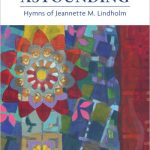 Love Astounding: Hymns of Jeannette M. Lindholm
Love Astounding: Hymns of Jeannette M. Lindholm
This collection contains twenty-three hymns by Jeannette M. Lindholm, hymns that give careful and thoughtful voice to the mystery and wonder of God and God’s people. Her poetry not only invites us to sing but to examine and expand the metaphors we use for God in our worship and devotion. Lindholm’s Introduction is also a brilliant essay on the particular ways she considers language, word choice, and poetic construction to explore and proclaim theology. Indexes by topic, scripture, and meter make this a useful volume for church musicians, pastors, and all who plan worship.
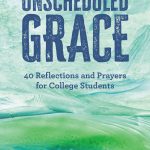 Unscheduled Grace: 40 Devotions and Prayers for College Students
Unscheduled Grace: 40 Devotions and Prayers for College Students
Unscheduled Grace: 40 Reflections and Prayers for College Students is a collection of devotions and prayers. This book can accompany students through the changes, challenges, and joys of college living, including homework, relationships, stress, vocation, and more. Through all its entries, the authors assure readers that no matter what they face, their lives are blessed by the unscheduled grace of God. Authors Matt Marohl and Katie Fick are campus pastors at St. Olaf College in Northfield, Minnesota.
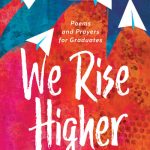 We Rise Higher: Poems and Prayers for Graduates
We Rise Higher: Poems and Prayers for Graduates
We Rise Higher: Poems and Prayers for Graduates supports youth as they celebrate, commemorate, and reflect on graduating high school and moving on to the next phase of life. A perfect gift for congregations to give in recognition of their high school grads! Poet, artist, and educator Joe Davis combines poetry and prayer to support and encourage new high school graduates.
This collection includes:
~ Poems of joy and celebration
~ Poems of praise and affirmation
~ Poems for heavy emotions
~ Poems for growth and new beginnings
Each poem features interactive content that invites creative responses and reflection by the graduate.
 Confirmation Certificates
Confirmation Certificates
These certificates celebrate confirmands’ affirmation of their baptism. Multiple sizes and designs are available in both English and Spanish.
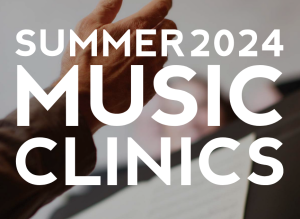
Save the Date for Augsburg Fortress Summer Music Clinics
Join clinicians David Cherwien and Mark Sedio for Augsburg Fortress’ free summer music clinics this summer in any of our five locations! Registration information is still forthcoming, but now is the time to save the date:
July 16-17 in St. Paul, Minn
July 19-20 in Columbia, S.C.
August 1-2 in Philadelphia, Pa.
August 5-6 in Columbus, Ohio
August 9-10 in Chicago, Ill.
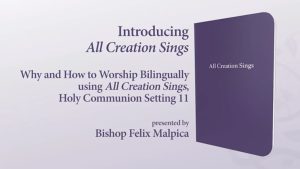
 Experience more fully the richness of Trinity in ACS through Kids Celebrate the Trinity, a booklet for kids but also super helpful for their grown-ups. Purchase in advance and have available for kids in worship that day and throughout the year.
Experience more fully the richness of Trinity in ACS through Kids Celebrate the Trinity, a booklet for kids but also super helpful for their grown-ups. Purchase in advance and have available for kids in worship that day and throughout the year. 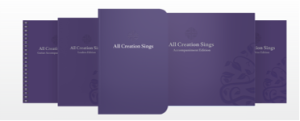




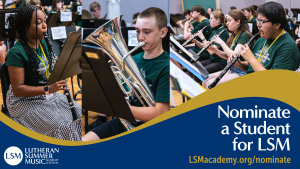









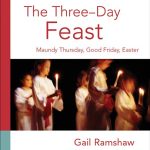
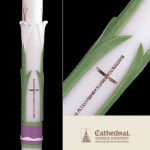 Paschal Candles
Paschal Candles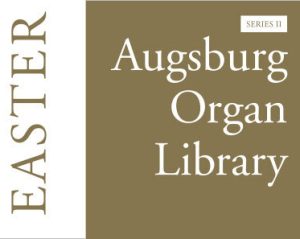
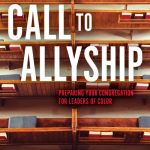
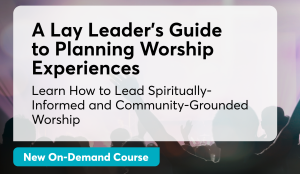
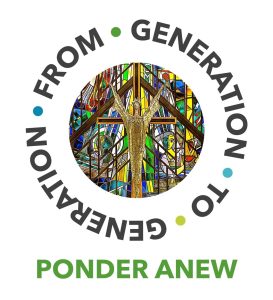
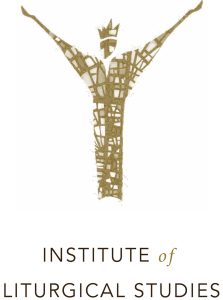
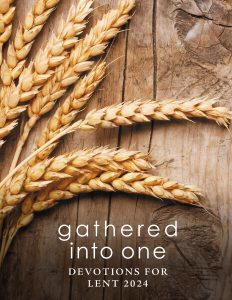
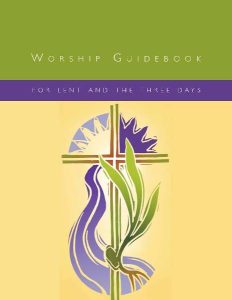 Worship Guidebook for Lent and the Three Days
Worship Guidebook for Lent and the Three Days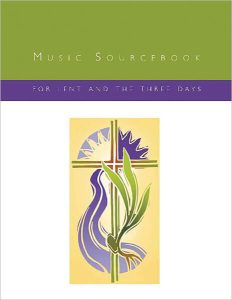 Music Sourcebook for Lent and the Three Days
Music Sourcebook for Lent and the Three Days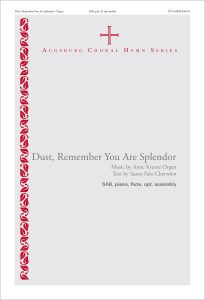

 Journey to Baptismal Living (JBL) announces the launch of its new website
Journey to Baptismal Living (JBL) announces the launch of its new website 
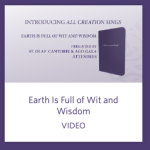 Sing
Sing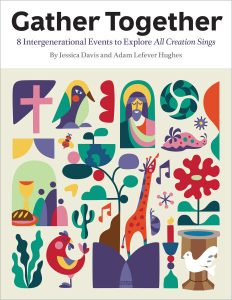 Discover
Discover 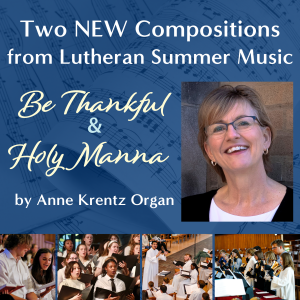
 Sundays and Seasons: Preaching, Year B 2024
Sundays and Seasons: Preaching, Year B 2024